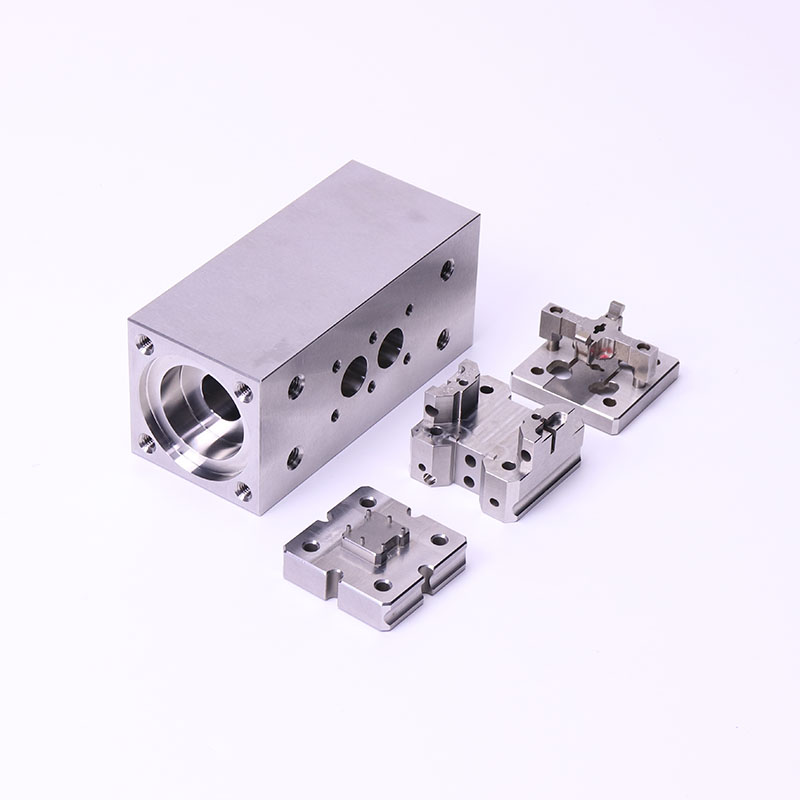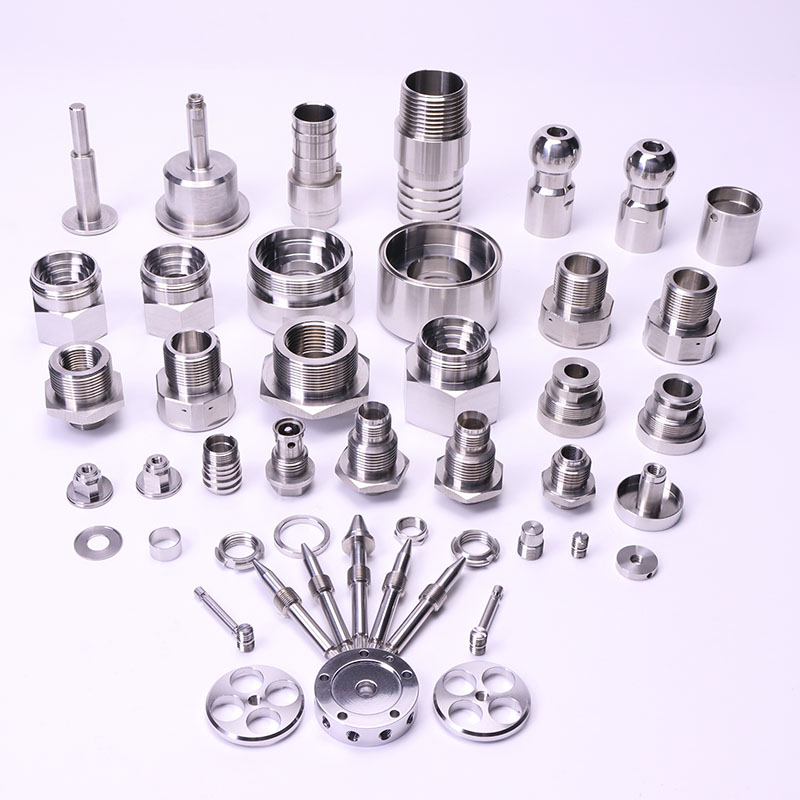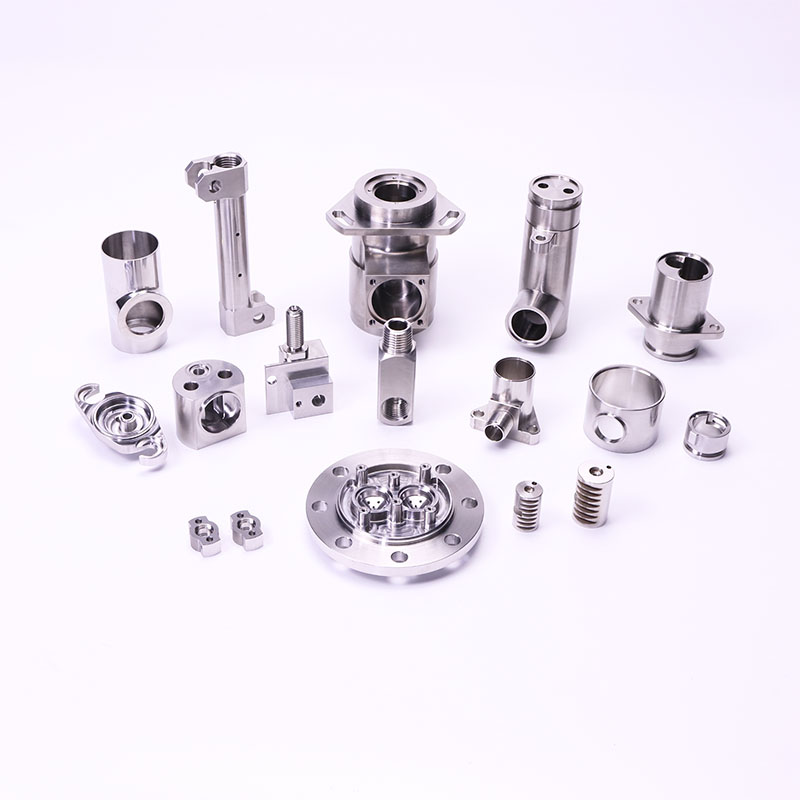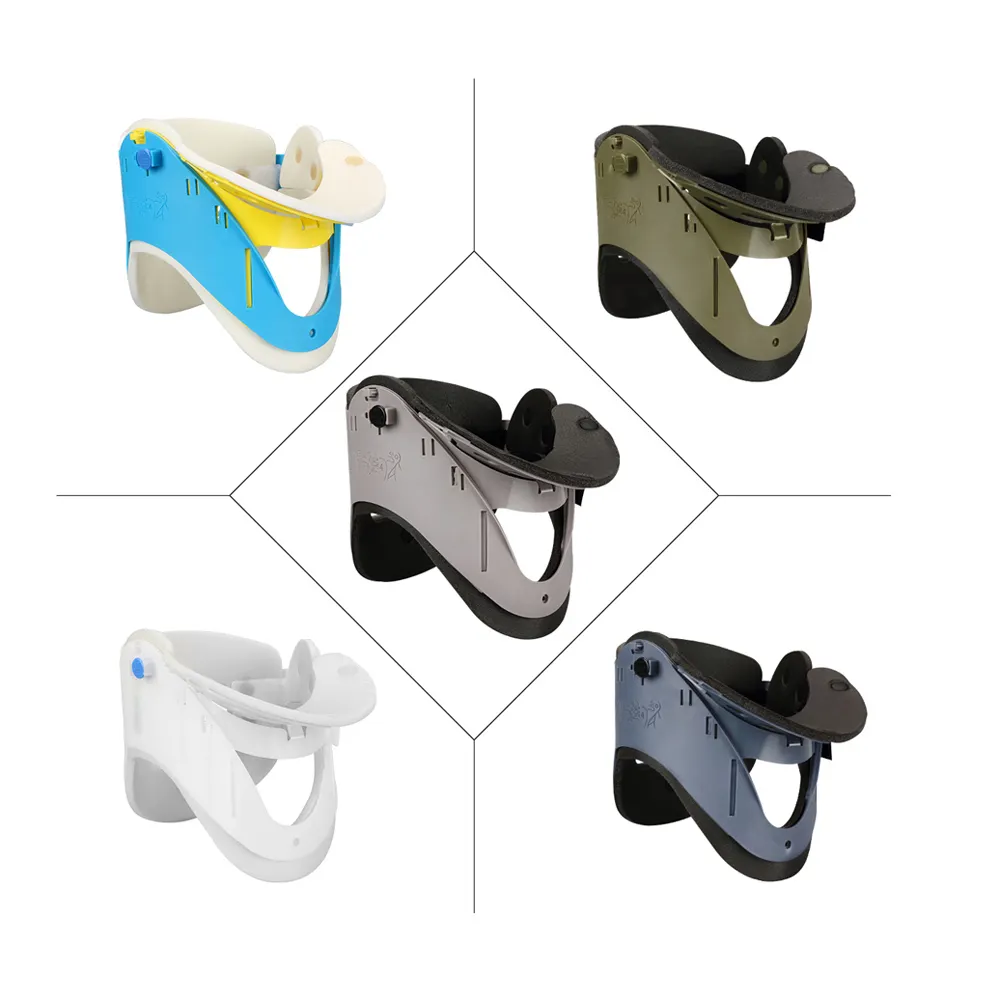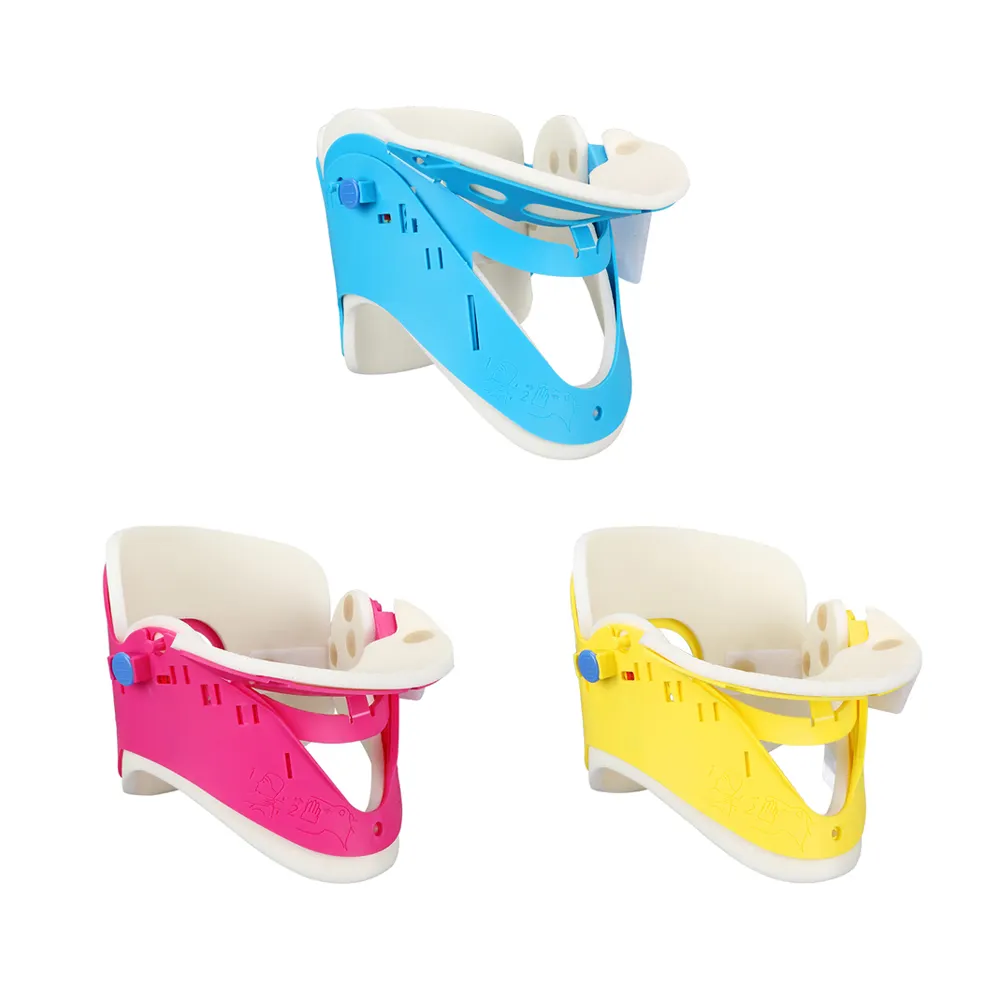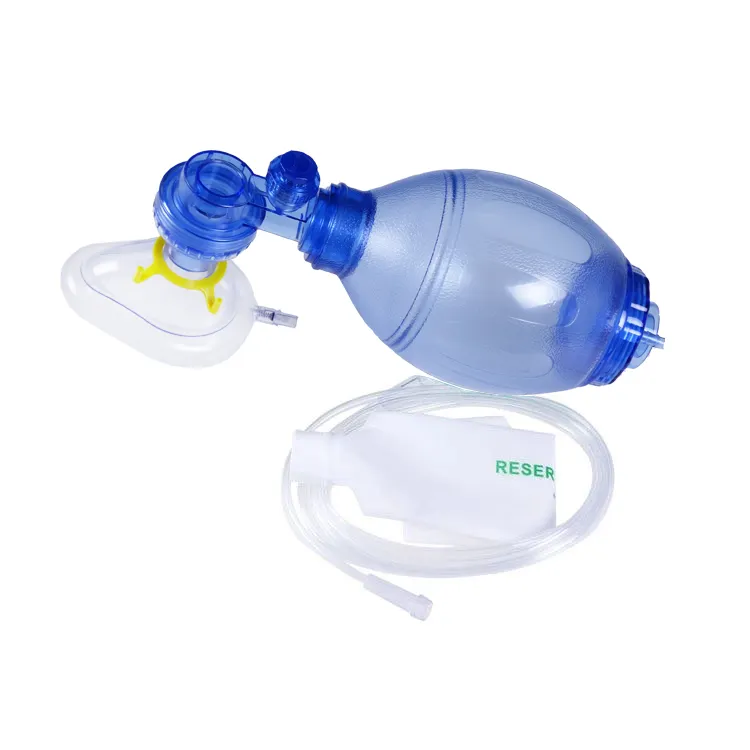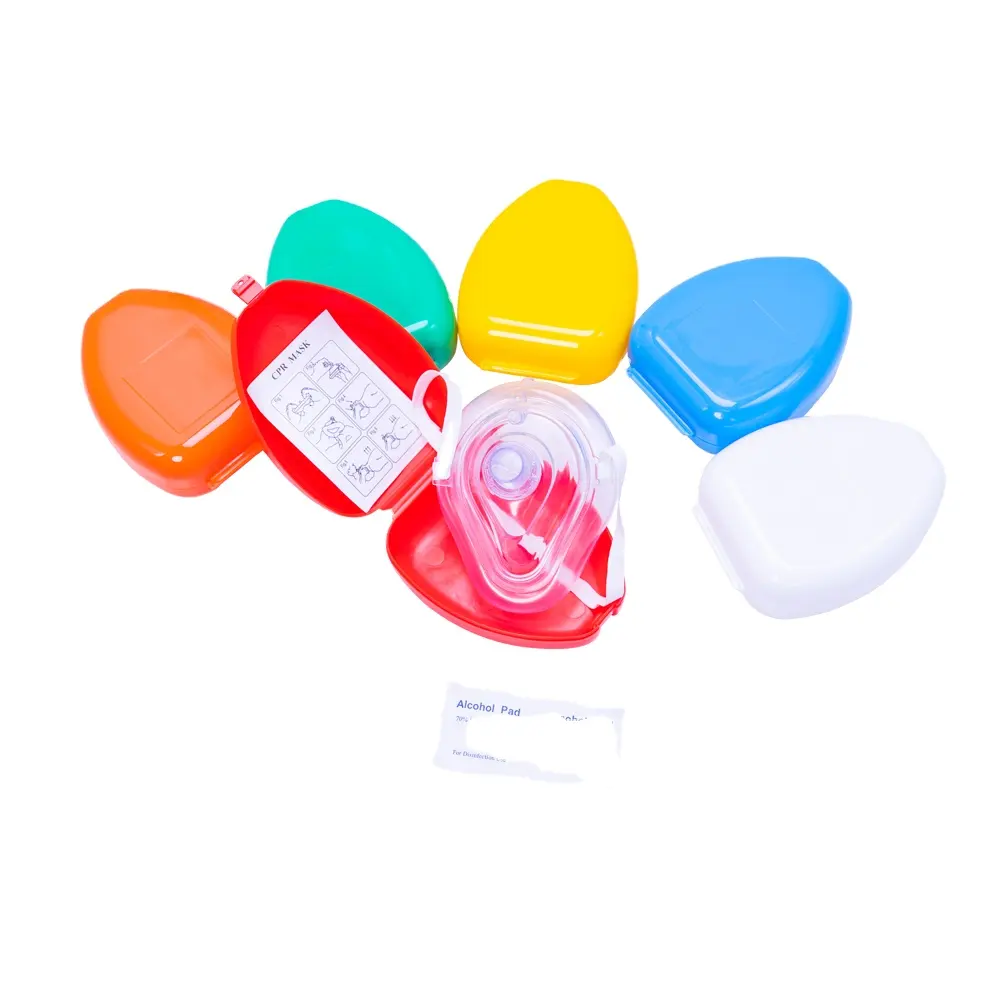Gear Surface Treatment in Precision Machining: Analyzing the Impact of Residual Stress on Fatigue Life
Introduction
Gears play a critical role in power transmission within various sectors such as aerospace, automotive, and precision machine tools. Given their complex working conditions, gears often operate under high loads, high speeds, and repeated cyclic stresses. Thus, ensuring their reliability and longevity is crucial for the performance of the entire system. The study of gear surface treatment and residual stress has emerged as a key method for enhancing gear fatigue life. This article aims to provide a detailed analysis of how residual stress from surface treatment processes can impact the fatigue life of gears, and how proper processing techniques can extend gear life and improve overall performance.
1. Overview of Gear Surface Treatment
1.1 The Necessity of Gear Surface Treatment
During operation, gear surfaces are subjected to rolling-sliding contact and multi-axial alternating loads, which can lead to fatigue cracks. Surface treatments like carburizing, grinding, and shot peening are essential to improve the durability of gears by strengthening the surface, creating a residual stress field, and thus enhancing contact fatigue life.
1.2 Common Gear Surface Treatment Processes
Carburizing: A high-temperature process that forms a hardened layer with increased carbon content on the gear surface, improving hardness and wear resistance.
Grinding: Used to reduce surface roughness, improve surface accuracy, and reduce stress concentration.
Shot Peening: Generates compressive residual stress by bombarding the surface with high-speed shots, effectively suppressing fatigue crack initiation.
These treatments not only improve the mechanical properties of the gear surface but also have a profound impact on the distribution of residual stress.
2. Formation and Role of Residual Stress
2.1 Definition of Residual Stress
Residual stress refers to the internal stress left in a material after machining, caused by uneven deformation and thermal treatments. Residual stress can be categorized into compressive stress and tensile stress. Compressive residual stress tends to enhance fatigue life, while tensile residual stress can promote crack propagation, shortening the lifespan of the component.
2.2 Formation of Residual Stress in Surface Treatment
Residual compressive stress can be generated through carburizing, grinding, and shot peening. In particular, the distribution of compressive stress is highly influenced by the geometry of the gear surface. Studies show that residual compressive stress is typically higher in the central areas of the gear surface than at the edges, making shot peening an essential process for improving gear fatigue life.
3. Impact of Residual Stress on Gear Fatigue Life
3.1 Relationship Between Gear Fatigue Life and Residual Stress
The distribution of residual stress directly affects the initiation and propagation of fatigue cracks. Under cyclic loads, both normal and shear stresses act on the gear surface, and compressive residual stress can reduce the amplitude of normal stresses, thereby delaying the onset and progression of fatigue cracks. Experimental data suggest that shot peening can increase gear fatigue life by approximately 35%.
3.2 Changes in Fatigue Life Under Different Process Conditions
Different surface treatments result in varying residual stress distributions. For example, a Chinese automotive gear manufacturer optimized their carburizing and shot peening processes to significantly enhance the fatigue life of a specific gear model, achieving over two million load cycles without visible cracks. In comparison, untreated gears only lasted 500,000 cycles under similar conditions.
| Process Type | Fatigue Life (in Load Cycles) | Residual Stress State |
|---|---|---|
| No Treatment | 500,000 | No significant residual stress |
| Carburized | 1,200,000 | Mild compressive residual stress |
| Carburized + Shot Peened | 2,000,000 | High compressive residual stress |
4. Case Studies: Global Gear Manufacturing Practices
The application of residual stress techniques in gear manufacturing has numerous global examples. A European aerospace gear manufacturer, for instance, implemented advanced shot peening processes, leading to a 50% increase in the fatigue life of aircraft engine gears. This improvement effectively reduced the frequency of gear replacements, lowering maintenance costs. Similarly, a Chinese machine tool company successfully improved the lifespan of high-precision transmission gears by refining their grinding and shot peening processes, securing a competitive advantage in the domestic market.
5. Future Prospects of Residual Stress Impact
With the continuous advancement of machining technology, residual stress treatment will increasingly move toward automation and intelligent control. For example, future smart shot peening equipment may adjust shooting parameters in real-time based on gear geometry and material properties to optimize the distribution of residual compressive stress. In addition, advanced surface treatment technologies such as laser hardening and ultrasonic strengthening are expected to be widely adopted in precision machining, further enhancing gear life and performance.
Conclusion
As core components in precision machining, gears benefit significantly from optimized surface treatments and residual stress control. Through processes like carburizing, grinding, and shot peening, fatigue cracks can be delayed, and gear fatigue life can be greatly extended. Proper control of residual stress not only enhances the mechanical properties of gears but also provides solid technical support for the sustainable development of the industry. With future technological advances, residual stress treatment will play an even larger role, injecting new vitality into the field of precision machining.

